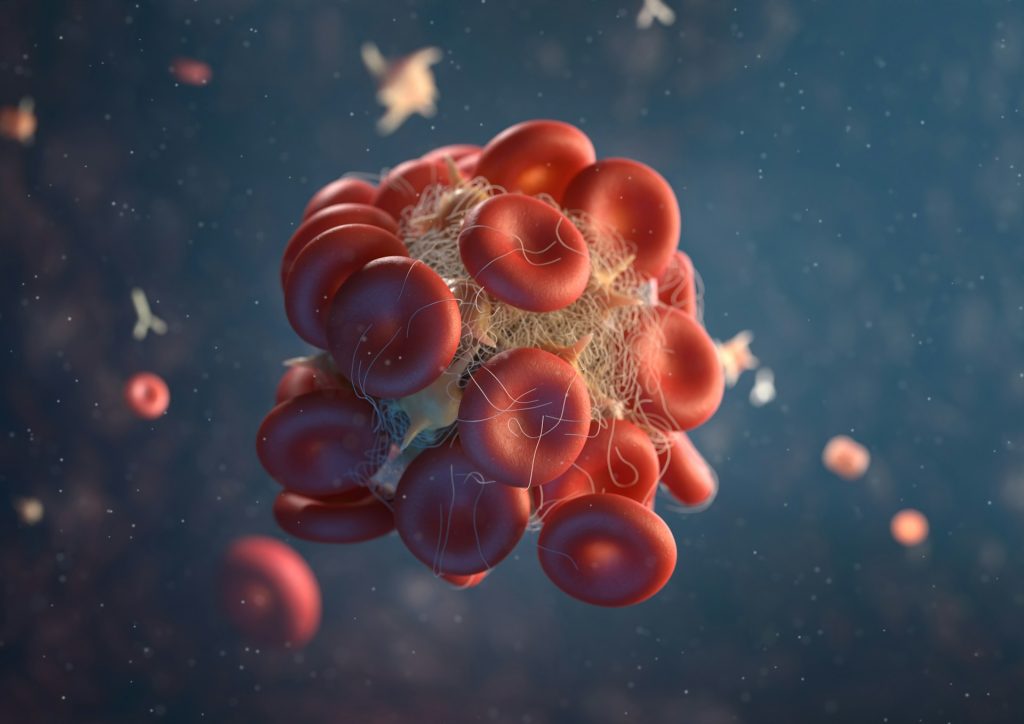Think of our circulatory system as a complex orchestra, and platelets are the low-key superstars. They’re small but mighty, and they jump into action to form clots and stop bleeding whenever we get a cut or a scrape. They’re key players in keeping us healthy. So, let’s zoom in on these tiny powerhouses and get to know how they work and why they matter so much to our health.

The Shape-Shifting Platelets
Platelets, akin to microscopic warriors, undergo a remarkable transformation in response to vascular damage. Initially resembling small plates at rest, they metamorphose into dynamic entities upon receiving signals from injured blood vessels. With the agility of a spider, they extend long tentacles, facilitating adhesion to the damaged site and initiating the clotting process.
Deciphering Platelet Counts
A healthy platelet count, typically ranging from 150,000 to 450,000 platelets per microliter of blood, is vital for optimal clot formation and wound healing. Deviations from this range can signify underlying health conditions:
- Thrombocytosis: Characterized by an excess of platelets, thrombocytosis can stem from primary or secondary causes. While primary thrombocytosis arises from abnormal bone marrow cells, secondary thrombocytosis often accompanies conditions such as anemia, inflammation, or infection. Symptoms include spontaneous blood clots, necessitating interventions like platelet pheresis to mitigate risks.
- Thrombocytopenia: Conversely, thrombocytopenia denotes a deficiency in platelets, leading to easy bruising and bleeding tendencies. Causes range from medications to genetic predispositions and certain medical conditions like leukemia or kidney dysfunction.

Platelets and Cardiovascular Health
Beyond their role in clot formation, platelets significantly influence cardiovascular health. Dysfunctional platelets, prone to excessive aggregation, can heighten the risk of heart attacks and strokes. While platelet count is important, aberrant platelet function often poses a greater cardiovascular threat, underscoring the need for comprehensive monitoring and intervention.
Navigating Platelet-Related Conditions
Given the hereditary nature of platelet-related disorders, familial history warrants vigilant attention. Close collaboration with healthcare providers facilitates early detection and tailored interventions to mitigate risks. Blood-thinning medications like aspirin are commonly prescribed to regulate platelet function, although individualized considerations are essential, particularly for women under 65.
Embracing Platelet Awareness
Platelets, though often overshadowed by other blood components, play a pivotal role in safeguarding our health. By fostering awareness and understanding of platelet dynamics, individuals can take proactive steps to prioritize their cardiovascular well-being. Regular monitoring, informed discussions with healthcare providers, and adherence to personalized treatment plans empower individuals to navigate platelet-related conditions with resilience and confidence.

Platelets are like the quiet guardians in our bodies, always ready to protect us from bleeding too much when we get hurt. They’re tiny, but they pack a punch in keeping our blood vessels safe and helping us heal. Getting to know how platelets work is like taking a step towards understanding our health better and keeping our bodies strong.





